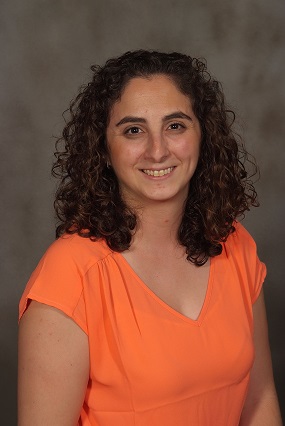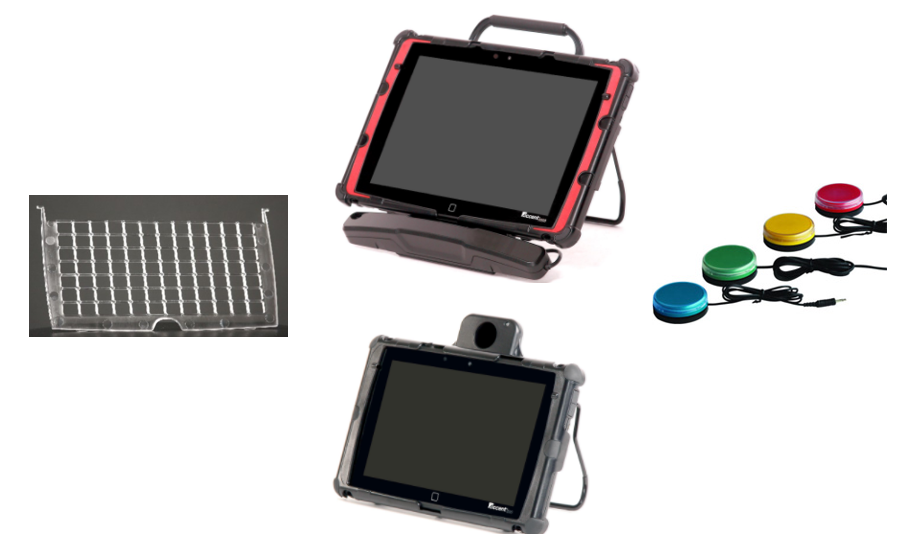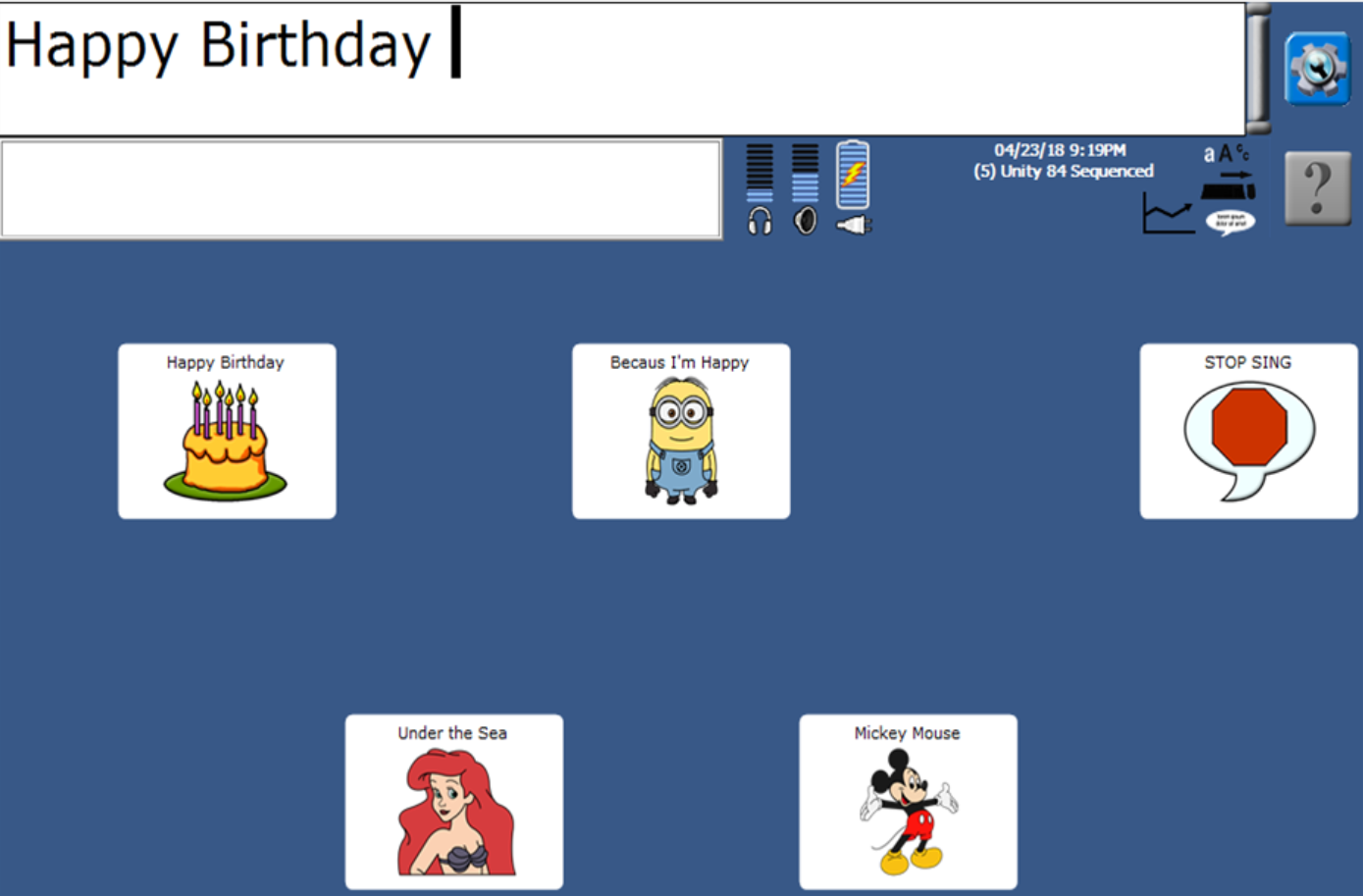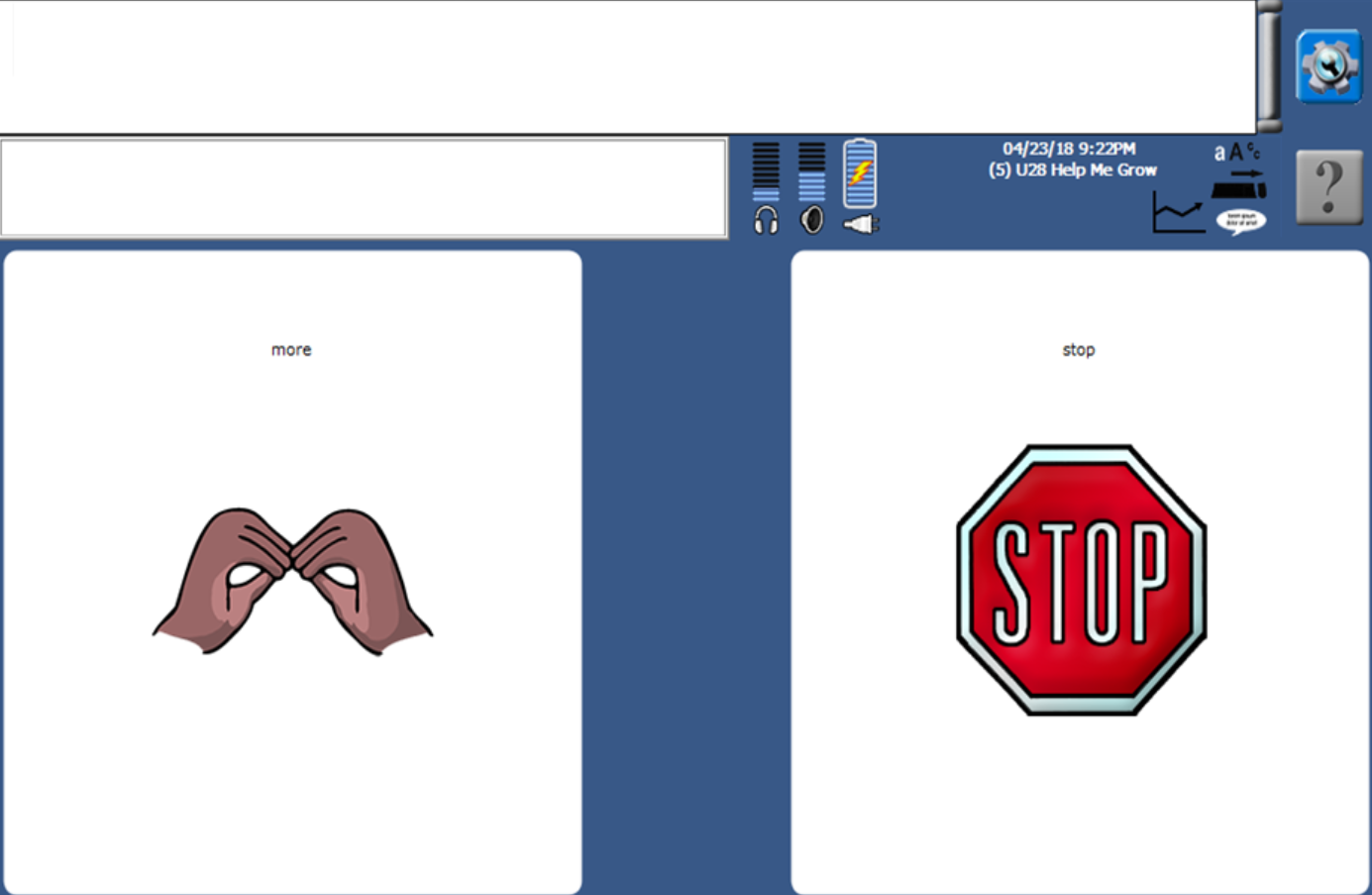
_By Cynthia Heryanto, M.S., CCC-SLP
I’ve read that the first step to getting over an addiction is admitting there is a problem. Lately I’ve come to realize that I have a “quickly load ‘em up with language” addiction. My thought process is always centered around how I can give the client access to more vocabulary regardless of their needs. For example, maybe I’m working with a pediatric client, and they quickly pick up using the word “go” in an activity, and then I jump to add in a few more words to show them because I’m so excited about how quickly they picked up that one word with minimal support. Sometimes it’s smooth sailing, but many other times by the end of the session, the client is requiring more prompting from me because I’ve added in so many different things that it took away from the opportunity to really hone in on solidifying the concept we started with.
I suppose getting over-ambitious about what I want to teach is better than the opposite. However, I’ve recently had a few appointments where I’ve been reminded that when I rush into giving clients tons of language in the first session or first few sessions, they can get easily overwhelmed and then lose interest in the activity and communication device all-together. Once this happens, it doesn’t matter how great my plan was for teaching them how to use different vocabulary because I’ve lost them.
A few weeks ago, I attended a training taught by Chip Clarke of the AAC Access Center focused on tailoring AAC intervention to clients who require accommodations to their communication devices to allow them to physically access them (i.e. alternative access methods). This could mean using eye gaze, a head mouse, switches, or even simply using a keyguard to allow them to access an AAC device.

During the AAC Access Center training we went over several case studies where the focus of discussion repeatedly came back to the notion of learning the access method before we could expect communication. These clients, similar to many of the clients I work with, had an array of skills to learn. In addition to learning how different vocabulary words serve different functions, they needed to figure out all of the following:
- What does this this device do?
- Why should I pay attention to this device?
- How do I move my hand, eyes, head, etc. to activate the device?
- What happens if I activate one section versus another section of the screen?
While there was a ton of incredibly helpful information presented during the training, the piece that I was able to take away and apply nearly every day since then is that, in the long term, I’ll be able to get my clients with more complex needs accessing language faster if I don’t put a heavy focus on language learning until they have developed at least a basic proficiency of their access method. This balances the cognitive load so that the effort of learning to use the system doesn’t outweigh the reward.
In applying this concept since the training, I have spent the majority of every first client consultation by using a variety of motivating games or activities that don’t require much, if any, language to participate. This allows the client to place their focus on figuring out how to use their hand, eyes, head, etc. to activate the device rather than needing to divide their focus between how to access the device AND what the language on the device means. In other words, the cognitive load is lessened by focusing on the access method alone, instead of access method and language learning simultaneously.
If the client is motivated by games, then I’ve been loading up the new Timocco games on the Accent. These games are grouped into easily understandable categories based on what level of learning the client is at with their access method. Group 1, “Activate & Attend” has several different games with motivating stimuli that are perfect for the, “What does this device do?” and “Why should I pay attention to this device?” phases. Group 2, “Find & Focus”, then has 11 other games that work on teaching, “How do I move my body to activate the device?”.

If the client is motivated by music, then I program a simple grid page that has buttons spaced out around the screen with some of his or her favorite songs.

If motivated by interacting, I pull up a page that has some single vocabulary words that work with a variety of motivating activities and utilize an “any word works” strategy. Even though core vocabulary can often seem more abstract, I find that using core words in this type of activity actually lessens the load on the client because there isn’t a right or wrong response- whatever the client chooses, the communication partners in the room make something interactive happen that applies to the selected word. The Unity 28 with Help Me Grow option has helped a lot with quickly pulling up these simple language activities.

I definitely can’t say that I’ve developed any type of cookbook for how long to do what, but I’ve been excited about the results of this less is more approach. Once clients are engaged with the device and making the connection of how they can purposefully operate it, even that doesn’t initially mean they are engaged with all language activities, the unlocked potential for communication enormous.
Stories and Strategies fo...
